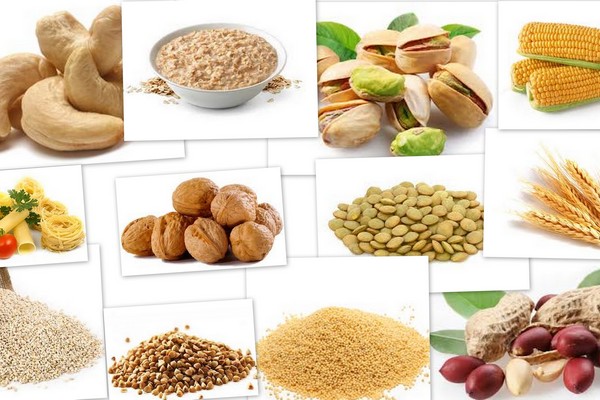Water-soluble vitamins - Ascorbic acid and B vitamins

Until now, the classification of vitamins was based on their solubility in water or fats. Therefore, the first group consisted of water-soluble vitamins (C, P and the whole group B), and the second group consisted of fat-soluble vitamins-lipovitamins (A, D, E, K). However, in 1942-1943 Academician A. V. Palladin synthesized a water-soluble analog of vitamin K - vikasol. And recently water-soluble preparations of other vitamins of this group have been received. Thus, the division of vitamins into water and fat-soluble to some extent loses its value.
Ascorbic acid
Ascorbic acid ( vitamin C ) acts as a regulator of oxidation-reduction processes and metabolism. Its presence in the tissues is necessary for normal metabolism and respiration. Vitamin C improves the body's resistance to infections, activates prothrombin, participates in pigmentation. It has desensitizing properties, increases blood coagulability, normalizes vascular permeability, positively affects lipid metabolism in atherosclerosis, has antitoxic effect in poisoning with many poisons and bacterial toxins, accelerates wound healing . Ascorbic acid increases the vitality of the body, improves appetite, stimulates growth, it is a synergistic hormone for the gonadotropic action of vitamins thiamine ( B1 ), rutin ( R ) and carotene, a thyroxine antagonist ( thyroid hormone ).
Unlike other vitamins, ascorbic acid can not accumulate in the body. This explains the rapid onset of primary and secondary hypovitaminosis of ascorbic acid: rapid fatigue, lethargy, cyanosis of the lips, bleeding from the gums, dry skin, keratinization of hair follicles, fragility of capillaries, hypochromic anemia. Avitaminosis of ascorbic acid leads to the development of scurvy. The daily need for a person in this vitamin is 70-150 g. The presence of antioxidants of flavonoid and polyphenolic nature in natural foods contributes to the preservation of vitamin C. When using large doses of ascorbic acid, symptoms of oppression of the islet ( insulin ) apparatus of the pancreas and hypertonic reaction, Caused by defeat of the kidney glomeruli. Rich sources of vitamin C are the fruits of dog rose, black currant, actinidia, sea buckthorn, mountain ash, citrus ( lemon, orange ), unripe fruit of walnut, red pepper, garlic, nettle, pine, etc.
Vitamins of group B
Vitamins of group B include a number of biologically active water-soluble vitamins, some of them participate in various metabolic processes and play a very important role in preserving human health. Vitamins of this group are coenzymes, they include vitamins B1, B2, B3, B5, B6, B8, B9, B12, B13, B15.


Comments
Commenting on, remember that the content and tone of your message can hurt the feelings of real people, show respect and tolerance to your interlocutors even if you do not share their opinion, your behavior in the conditions of freedom of expression and anonymity provided by the Internet, changes Not only virtual, but also the real world. All comments are hidden from the index, spam is controlled.